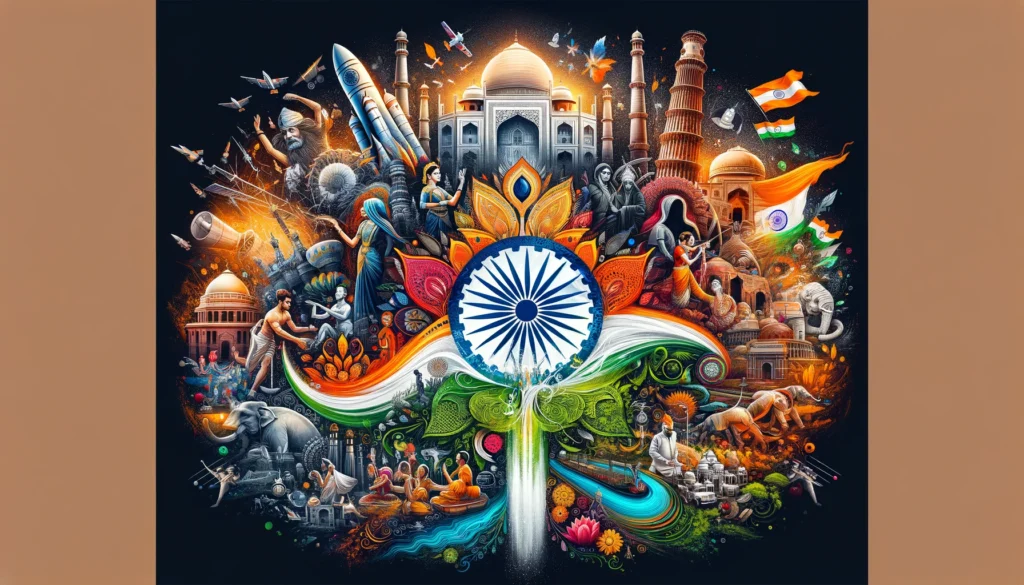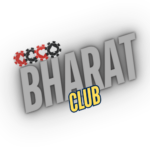
Color Game of Bharat
It’s also possible that “Colour Game of Bharat” could be a term used in a local or niche context, not widely documented in mainstream sources. Here are a few possibilities of what it might involve, based on the name:
A Cultural Event: It could be an event related to festivals like Holi, where colors play a significant role. Holi, known as the Festival of Colors, involves participants throwing colored powders at each other in celebration.
A Traditional Game: There are many traditional Indian games that involve colors in some way, though none with the exact name “Colour Game of Bharat.”
An Educational or Promotional Activity: Sometimes, games involving colors are used in educational settings or promotional events to engage participants in learning or marketing activities.
A Digital Game: It might be a new or emerging digital game developed in India or themed around Indian culture or color schemes.
If “Colour Game of Bharat” is related to a cultural event involving colors in India, it could be reminiscent of or inspired by the vibrant festivities like Holi, which is one of India’s most globally recognized festivals.
How to Register
The term “register” can refer to several things depending on the context. Here are a few common uses:
- Cash Register: Used in retail to manage cash transactions. To use a cash register:
- Turn on the register and log in, if necessary.
- Input the price of each item being purchased.
- Add taxes if applicable.
- Total the amount and enter the payment received.
- Provide change if needed and print a receipt.
- Register in Computer Science (like in a CPU):
- Registers in a CPU are small amounts of fast storage available directly within the CPU for quick processing of instructions.
- In programming, especially in assembly language, you directly manipulate registers to perform operations like addition, subtraction, and data movement.
- Register in Writing or Speech:
- This refers to the level of formality or informality of language used in communication.
- Adjusting your register involves selecting vocabulary and constructing sentences based on the audience, purpose, and context of your communication.
- Register to Sign Up (like for an event or website):
- Fill out required information on the registration form, such as name, email, and other pertinent details.
- Submit the form, often by clicking a button like “Register” or “Sign up.”
- You may need to verify your email or complete additional steps as directed.

Holi – The Festival of Colors
Holi is a major Hindu festival celebrated primarily in India and Nepal, but it has also spread to parts of Europe and North America through the Indian diaspora. Known as the Festival of Colors, it marks the arrival of spring and the victory of good over evil. Here’s what typically happens during Holi:
Colored Powders: Participants throw colored powders at each other. These powders, known as ‘gulal,’ come in many vibrant colors and are usually made from natural sources like flowers and herbs.
Water Balloons and Pichkaris: Water fights using balloons or water guns (pichkaris) are common. The water is often mixed with colors, adding to the festive atmosphere.
Music and Dance: Traditional and contemporary music and dance are integral to Holi celebrations, contributing to a lively, joyful environment.
Food: Holi is also associated with special foods and drinks. ‘Gujiya,’ a sweet dumpling, and ‘thandai,’ a spiced milk beverage sometimes infused with bhang (cannabis), are traditional treats.
Social Unity: One of the festival’s hallmarks is its disregard for social norms. Holi brings together people from all walks of life, disregarding social boundaries in a celebration of renewal and equality.
Possible Adaptations or Similar Events
If the “Colour Game of Bharat” is a derivative or an adaptation of traditional events like Holi, it could be structured to highlight specific cultural themes or educational messages, perhaps focusing on aspects of Indian heritage, unity, or diversity. Such adaptations could be seen in schools, community centers, or as part of tourism promotion efforts by cultural departments.
Modern Interpretations
In modern settings, especially urban areas or in the context of global cultural exchange, such events might incorporate digital elements, art installations, or eco-friendly innovations (like organic colors or water-saving measures) to align with contemporary values and environmental considerations.
Source Verification: Where did you first hear about the “Colour Game of Bharat”? Reliable sources such as established news outlets, recognized cultural organizations, or educational institutions can lend credibility.
Online Presence: Search for it online using different variations of the name. Real events or games usually have some presence online—whether it’s a website, news articles, social media mentions, or reviews.
Official Endorsements: Check if any known organizations, governmental bodies, or cultural groups endorse or promote it. Official endorsements can be a strong indicator of legitimacy.
Community Feedback: Look for feedback or mentions in forums, on social media, or from people who might have participated if it is an event. Real events will typically generate some user discussions or experiences.
Registrations and Licenses: If it involves gathering large groups or organizing in public spaces, there might be records of permits or licenses issued for the event.
